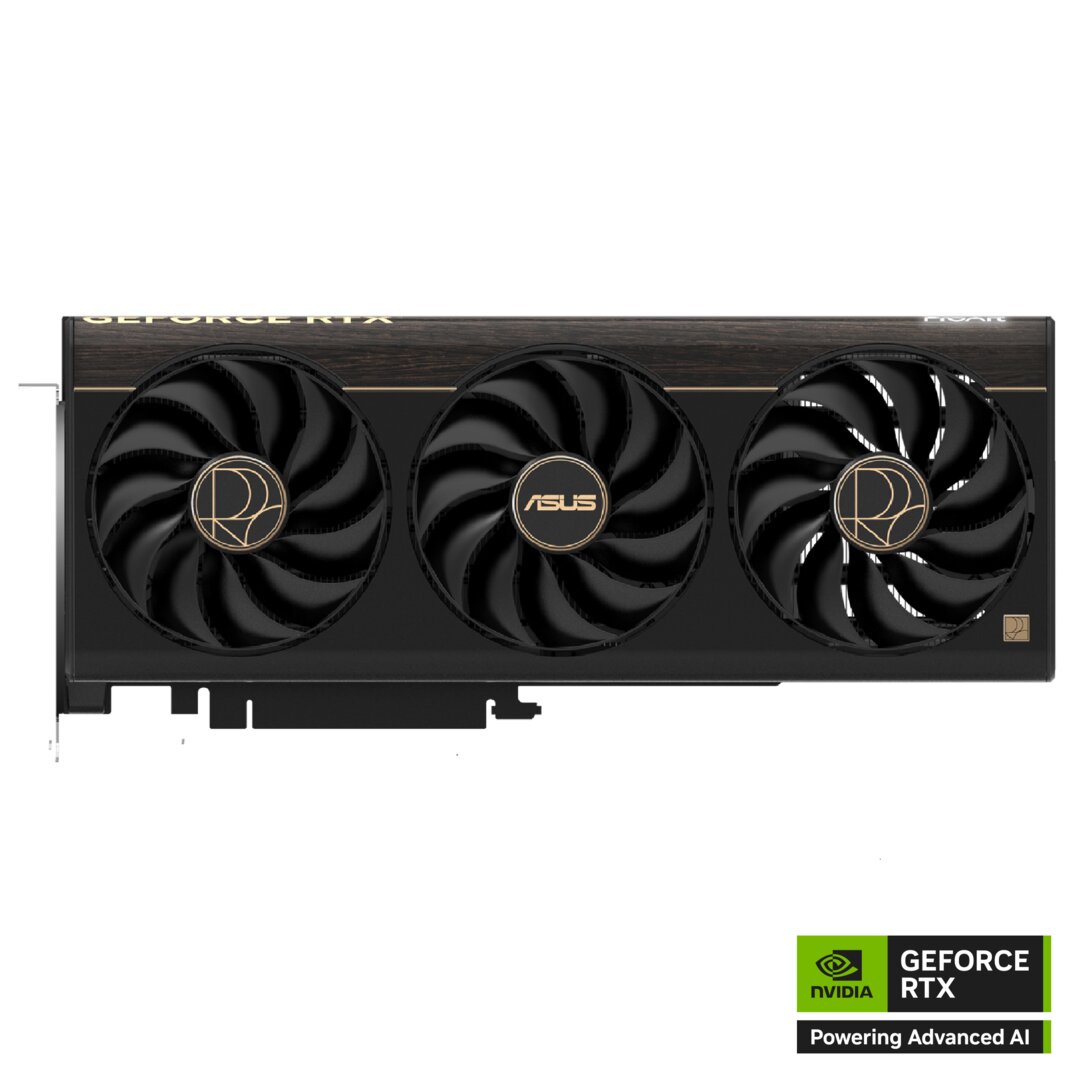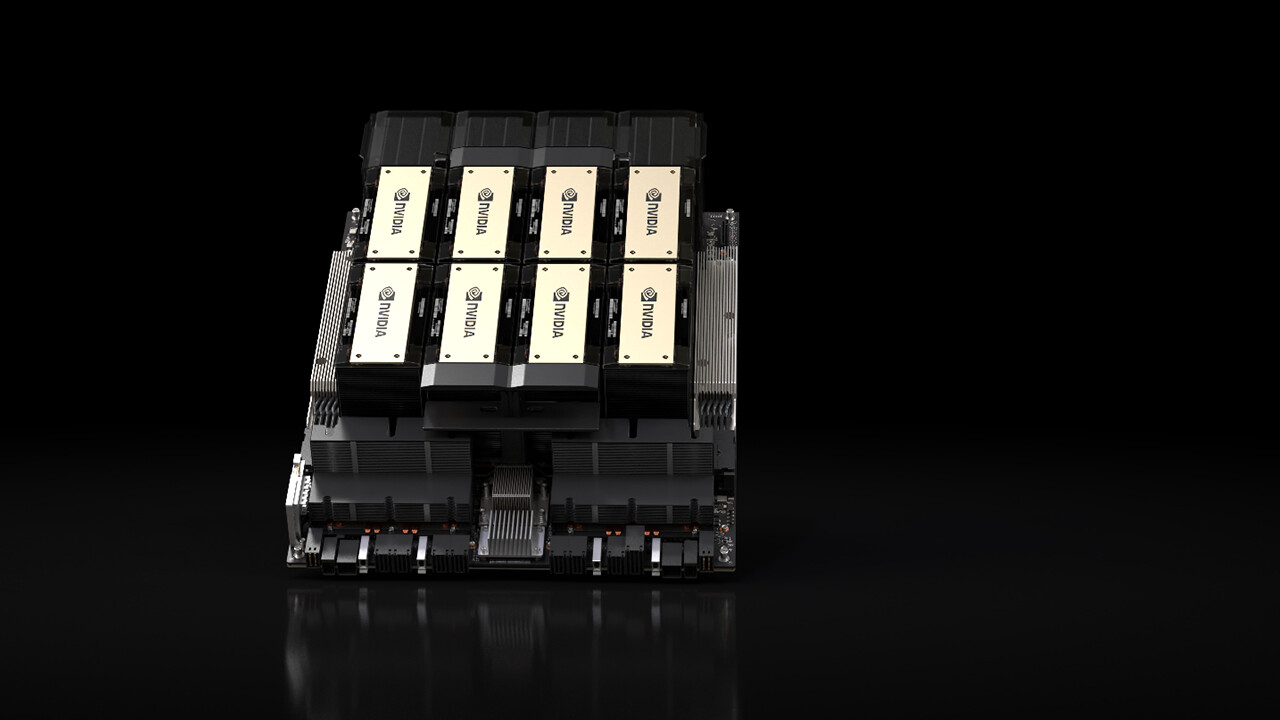With Wood Look, M.2 Slot, and USB-C: ASUS ProArt RTX 5080 Listed 0 comments

Image: Asus
ASUS is expanding its graphics card portfolio with the ProArt GeForce RTX 5080. In addition to a new wood-look design, the additional features should be particularly impressive. The graphics card has a slot for M.2 SSD storage and, for the first time in the portfolio, a USB-C output.
Unmistakably ProArt, but now with “wood grain”
Visually, the first Blackwell graphics card in the ProArt series of Asus’s Creator brand design line remains largely faithful. The simple design language of the cooler and the dark design with gold accents are unmistakably “ProArt.” Like its predecessors, the ProART RTX 5080 is available in relatively modest dimensions; the 2.5-slot height is significantly more compact than the various gaming models. Thanks to the vapor chamber and phase change pad for the GPU, the cooling capacity should still be impressive in its entirety.
On the other hand, the graphics card’s design is new, which now features a printed dejoule with a “fine dark wood grain.” It is currently unclear whether this design extends to other areas such as the backplate. Currently, the graphics card’s product page only shows a single render image, which surprisingly doesn’t show a real PCB—the PCIe pins are also missing here, for example.
 ASUS ProART GeForce RTX 5080 (PICTURE: ASUS)
ASUS ProART GeForce RTX 5080 (PICTURE: ASUS)
M.2 slot and USB-C should upgrade the card
The additional features Asus is giving the graphics card are much more interesting than the innovations in the ProART RTX 5080’s appearance. First and foremost, there’s the M.2 SSD slot, which will likely be placed on the backplate. The SSD is connected via PCIe 5.0 and should be able to release its waste heat to the graphics card’s cooler. ASUS has had experience with the concept since 2023, when an RTX 4060 Ti equipped with an M.2 slot was released.
However, questions about the implementation in the case of the new ProART RTX 5080 remain open. The Dual RTX 4060 Ti SSD was able to use free tracks from the PCIE slot at the time because the graphics card itself is only electrically connected, but how virtually all graphics cards are placed in a PCIE slot with full length and therefore 16 mechanical lanes. The GeForce RTX 5080, on the other hand, is electrically connected to 16 lanes.
The question is, what does ASUS’s technical implementation look like? Does it “steal” an installed SSD from the graphics card’s permanent lanes and thus reduce its memory throughput? Another innovation compared to other models is the ProART RTX 5080’s USB-C output. This should offer a variety of applications in content creation.
Topics: ASUS GEFORCE RTX 50 GEFORCE RTX 5080 Nvidia graphics cards Nvidia Blackwell Source: X (Twitter)

An engineer by training, Alexandre shares his knowledge on GPU performance for gaming and creation.


